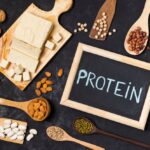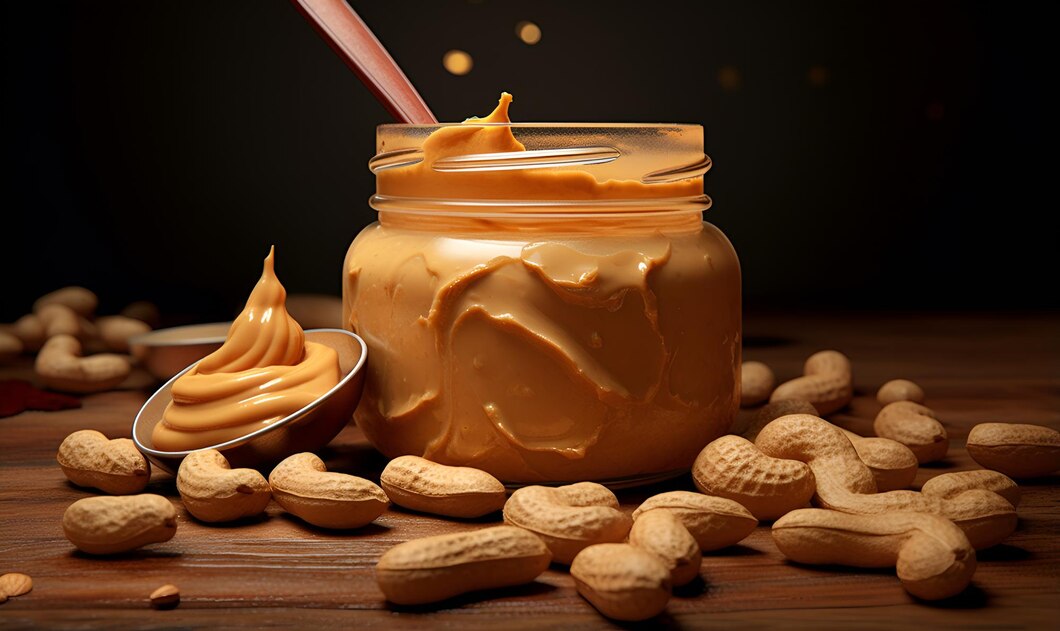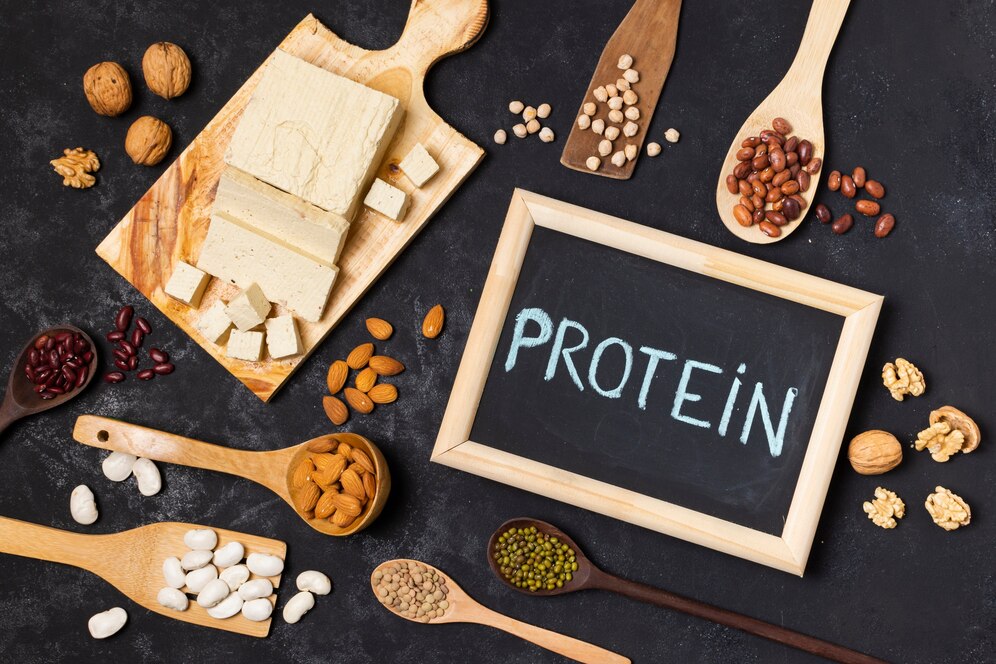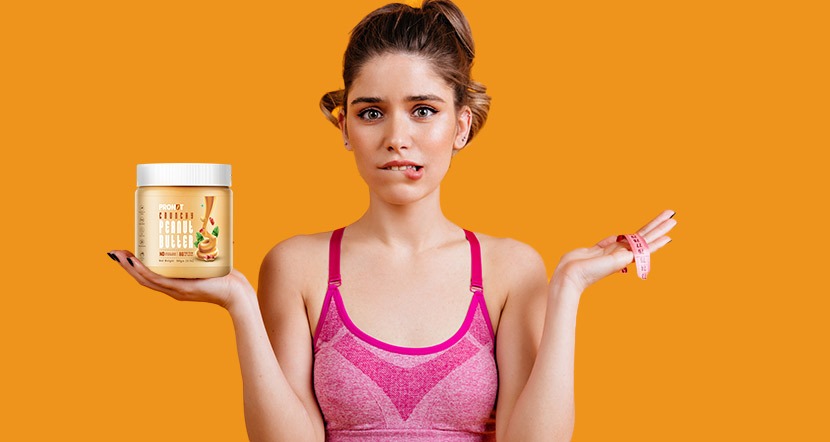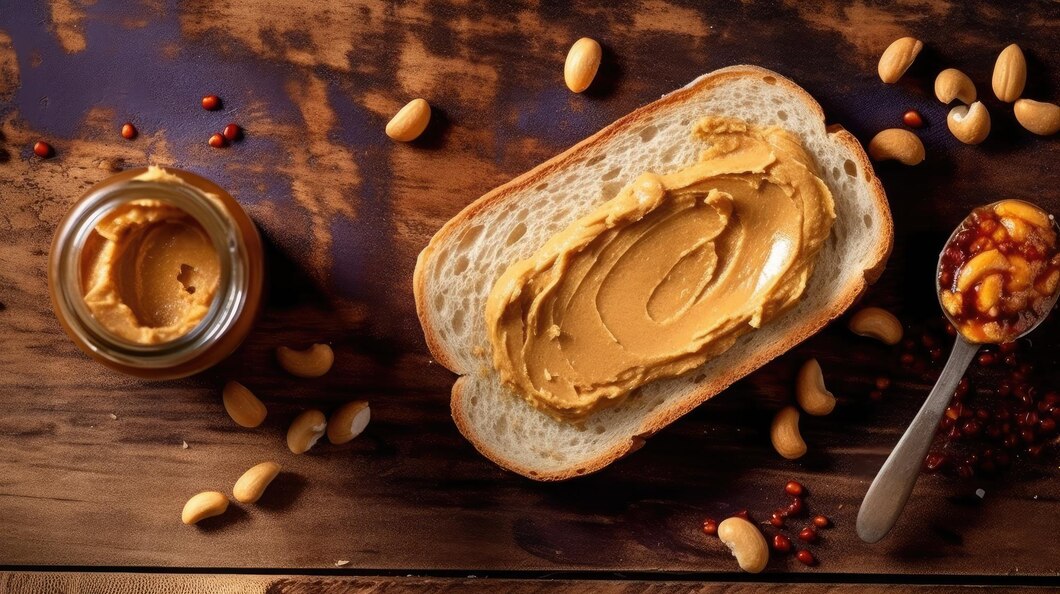
Is Peanut Butter Good for Your Health? Discover the Facts
Living without fats isn’t an option.
Today’s health-conscious people are searching for healthier eating alternatives. One of the greatest protein sources is peanut butter, which is also used as butter on bread slices, which can be a healthier option. Peanut butter is loaded with beneficial elements, such as vitamin E, magnesium, iron, selenium, and vitamin B6. Studies show a lower risk of type 2 diabetes and heart disease in people who regularly eat nuts and nut butter, such as peanut butter. Furthermore, peanut butter is incredibly adaptable; aside from breakfast, what other dish goes well with lunch, supper, snacks, and dessert? If the flavor isn’t enough to win you over, have a look at some of the health advantages.
What is peanut butter?
Contrary to popular belief, peanuts—also referred to as pulverized nuts—are legumes rather than nuts, and peanut butter is a common spread produced with them.
The process of making commercially available peanut butter involves roasting the peanuts, blanching them in water or heat to remove their skins, and then grinding them into a paste. To improve taste and texture, the “butter” can be flavored with oil, spices, sweeteners, and other additives.
Health benefits of peanut butter
It’s crucial to carefully read packages as the health advantages of peanut butter differ depending on how and what other ingredients are added. In general, peanut butter is a good addition to a balanced diet.
Peanut butter has the following health advantages when consumed in moderation:
Rich in nutrient –
Nutrient-dense and high in minerals, such as copper, magnesium, iron, and zinc, are peanuts. They are also a source of vitamins, including vitamin E and the B group.
Complete energy source –
Peanuts provide a balanced amount of carbohydrates and protein, with a slightly higher fat content for energy. This makes peanut butter become calorie-dense.
Source of healthy fats –
Peanut butter contains a high concentration of fat, including oleic acid, a beneficial monounsaturated fat found in olive oil. Enhanced insulin sensitivity is one of the many health advantages of oleic acid. While some peanuts do include saturated fats, the majority of peanut fats are monounsaturated, with balanced amounts of polyunsaturated and saturated fats.
Compact energy source –
Peanuts offer a lot of energy at a low consumption level. Anyone who is malnourished or has a weak appetite may find this helpful. The comparatively high-fat content of peanuts—which provides 9 kcal per gram more calories than other typical meals like milk, soy, and grains—is the cause of their high energy contribution.
Effective plant-based protein source –
Although they lack several critical amino acids like methionine and lysine, like other legumes, peanuts are nonetheless a good source of plant protein. They can be a useful supplement to a plant-based, well-balanced diet because they have the same level of digestibility and absorption by humans as protein from animal sources.
Source of fiber –
Peanut butter is a high-fiber food that has approximately 1.3g of fiber per tablespoon when made using peanuts that have had their skins left on, as opposed to 0.98–1.1g when produced with peanuts that have had their skins removed. In addition to promoting intestinal transit and gut health, dietary fiber also helps control hunger by raising satiety levels.
Have a low glycaemic value –
The glycaemic index, which measures how quickly our bodies convert carbohydrates into glucose for energy, is low in peanuts. The GI scale assigns a score that indicates how quickly this happens and how much it elevates blood glucose levels. Due to the low GI of peanuts, mixing peanut butter with a high GI food, such as a bagel, helps lower the meal’s GI and stabilize blood sugar levels to keep them from rising too quickly.
Helps in bodybuilding –
For a variety of reasons, a lot of bodybuilders and fitness fanatics include peanut butter in their diets. Peanut butter is an easy way to up your calorie and unsaturated fat intake because of its high-calorie level. Protein is another ingredient found in nut butter, and protein is necessary for both muscle growth and repair. Peanut butter counts toward a person’s daily protein requirement even though it is not a complete protein, meaning it does not include all of the important amino acids the body needs. Since whole-grain bread includes the amino acid methionine, which peanut butter does not, spreading peanut butter over it results in a more complete protein meal.
Helps with sleep –
Peanut butter contains tryptophan, an amino acid that your body uses to make melatonin. The melatonin controls your body’s cycle of sleep and wakefulness. If you have trouble falling and staying asleep, your body may not be producing enough melatonin.
Additionally, peanut butter’s magnesium content calms your body, which may make it easier for you to sleep at night. Research has linked sleep quality and magnesium status.
Risks Associated with Peanut Butter
Peanut butter contains a variety of nutrients. However, commercial kinds of peanut butter frequently include added sugars, oils, and fats. Choose natural peanut butter products free of these added substances for the greatest health advantages.
If you keep your portion sizes within the suggested range, peanut butter can be a terrific addition to your diet. Among the potential health dangers of peanut butter are:
Peanut allergy –
Allergies to peanuts can be lethal in certain situations. If you have a peanut allergy, stay away from all peanut products.
High in calories –
Since peanut butter is a nutrient-dense food, it has more calories than certain other foods. To prevent unintended weight gain, be cautious about regulating your meals.
High in fat –
Peanuts include some saturated fat, which can cause heart problems if ingested in excess over time, even though the majority of the fat in peanut butter is generally good.
Mineral deficiencies –
As peanuts contain a lot of phosphorus, they may hinder your body’s ability to absorb other minerals like iron and zinc. Eating a lot of phosphorus in your diet might exacerbate a mineral deficiency.
Choosing Healthy Types of Peanut Butter
All-natural peanut butter with a small amount of salt is the healthiest form. The primary element needs to be peanuts. The ingredient list should be as minimal as possible. Other than texture, there’s no difference between chunky and smooth. Steer clear of additional oils and sweets. Remember that peanut butter that is low or decreased in fat usually has more sugar and salt.
If you’re looking to cut back on calories and fat, one option is peanut powder. To make it, take the oil out of the peanut butter.
Ways to add peanut butter in your meal
It’s simple to eat more peanut butter. It can be too simple at times, so monitor how much you eat to prevent consuming more calories than you would require in a given day. Recall that 2 tablespoons of peanut butter contain around 200 calories.
Peanut butter can be incorporated into diets through:
- Assembling a traditional peanut butter and jelly sandwich with whole-grain bread, low-sugar jelly, and whole fruit.
- Rice cakes with peanut butter spread and banana slices on top.
- Make a peanut dressing with rice vinegar, honey, lime juice, and soy sauce for salads.
- You can add a teaspoon of nut butter to smoothies to increase their nutritional content.
- Snacking on peanut butter-covered apple and pear slices is simple.
- Add peanut butter to hot porridge or yogurt.
How to Make Peanut Butter
Follow this simple recipe to make a healthy peanut butter at home:
Ingredients
Although peanuts are the only ingredient needed to produce peanut butter, there are a few things you need to turn the pricey nuts into a smooth, creamy spread.
- Use roasted peanuts instead of raw ones. Roasted nuts release oil more quickly, so your spread will taste better, be smoother, and be simpler to spread on toast.
- Sea Salt
Procedure
- Step 1: Load a food processor with three cups of peanuts and sea salt.
- Step 2: Blend peanuts until smooth. This process requires a lot of time. The peanuts will solidify into a ball-like dough in a minute or two. Continue puréeing!
- Step 3: When the peanut butter mixture is done, it is creamy and smooth. If necessary, taste and add additional salt.
- Step 4: Place within an airtight jar or container and refrigerate. When freshly produced, peanut butter is liquid, but it gets thicker in the fridge.
Additional Flavours
- Cinnamon: Add 1/2 to 1 teaspoon of ground cinnamon to your peanut butter blend.
- Pumpkin Spice: Adding a little pumpkin spice to your peanut butter in the fall is so much fun! To your peanut butter, add 1/2 to 1 teaspoon of pumpkin spice.
- Maple: If you prefer your peanut butter to be quite sweet, add one to two teaspoons of maple syrup to achieve a slightly sweet and flavorful peanut butter.
- Chocolate: Before processing, add three to four teaspoons of cocoa powder to the food processor to make chocolate peanut butter.
Wrapping up
Peanut butter has many benefits and drawbacks. It’s a good source of protein and fairly nutrient-rich. It also has a good amount of fiber, vitamins, and minerals, although these benefits don’t seem as significant considering how many calories it contains.
Moderate use of peanut butter is totally acceptable as part of a nutritious diet. However, the main problem with peanut butter is that it’s highly tough to stay away from.
There shouldn’t be any significant adverse consequences from moderate peanut butter usage. Avoiding highly processed meals, trans fats, and sugary soda is more crucial than ever.





